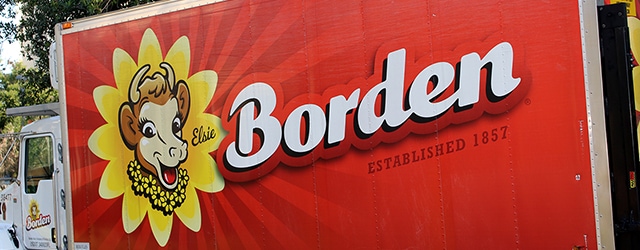Milk producers are getting squeezed by low prices.

When Borden Dairy Company filed for Chapter 11 bankruptcy protection in January, it became the second major producer in the US dairy industry to seek protection from its creditors in two months. Dean Foods, the nation’s largest producer, made a similar filing in November. US dairy producers have lost money, on average, every year in the past decade except 2014, according to the National Farmers Union (NFU).
A mismatch between supply and demand is creating havoc in the global dairy business. Last summer, irate producers from Italy, Germany and Belgium dumped milk in front of the European Commission headquarters in Brussels, on the same field where 10 years earlier they dumped three million liters to protest prices that were below the cost of production.
Low prices and drought pushed many Australian dairy farms to the brink of collapse even before the recent bushfires. In New Zealand, which controls nearly a third of the world’s dairy trade, global prices rose modestly at the first auction of the year in January as volume declined, but failed to recoup December’s sharp losses.
Borden CFO Jason Monaco says the company—founded in 1857 and known for Elsie, its smiling cow mascot—plans to reorganize and stay in business. He cited a difficult environment for producers, including decreasing demand for milk and the growth of discount grocery retailers.
Family dairy farms are going out of business by the thousands, even as the number of operations with 1,000 or more cows grows. Wisconsin alone lost 818 dairies in 2019, according to Dairy Herd Management. Mismanaged milk inventories and unfair prices have made it impossible for most dairy operations to make a profit, the NFU says, depriving many rural families of a key source of income. The NFU is advocating the creation of a long-term supply-management program to ease the crisis.



